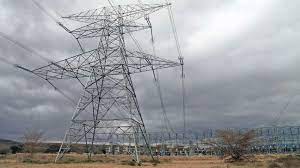The project for the construction of the Rwanda-Uganda high-voltage power line is back on track after two years of uncertainty. The project was initially anticipated to start in 2020.
The revival of the project comes following a profiting relations agreement between the governments of Rwanda and Uganda. Speaking on the project Uganda’s Energy Ministry Permanent Secretary Irene Pauline Batebe said, “Commissioning of the project awaits installation of communication boosters on the Rwandan side.”
Upon completion, the Rwanda-Uganda high-voltage power line will facilitate the increase of power exchanged by the two countries from 2MW to over 200MW. Rwanda and Burundi have been trading power at the Cyanika border since 1995. This power serves Kisoro in Uganda and Gatuna in Rwanda.
Also Read: Nuclear power generation in Uganda to begin before 2031
Reportedly, both countries produce more power than they can consume. However, they are constrained by low power connectivity.
Rwanda-Uganda high-voltage power line, one of the lines that make up the Eastern Africa Power Pool (EAPP)
The EAPP is a collaborative effort by eleven countries in Eastern Africa region to interconnect their electricity grids. This will help the countries involved to take advantage of excess capacity within the network and facilitate the trade of electric power.
While the implementation of the project in other member countries is sluggish, in 2019 Uganda commissioned a 220/110kV Shango substation. The latter is defined as strategic infrastructure through which the electric grids of Rwanda, DR Congo, Tanzania and Uganda will be interconnected.
Uganda has ha also powered its line up to the Mirama Hills interconnection point. It plans to connect its grid to Kenya at Malaba, DR Congo at Mpondwe, South Sudan at Nimule and Tanzania at Mutukula.

